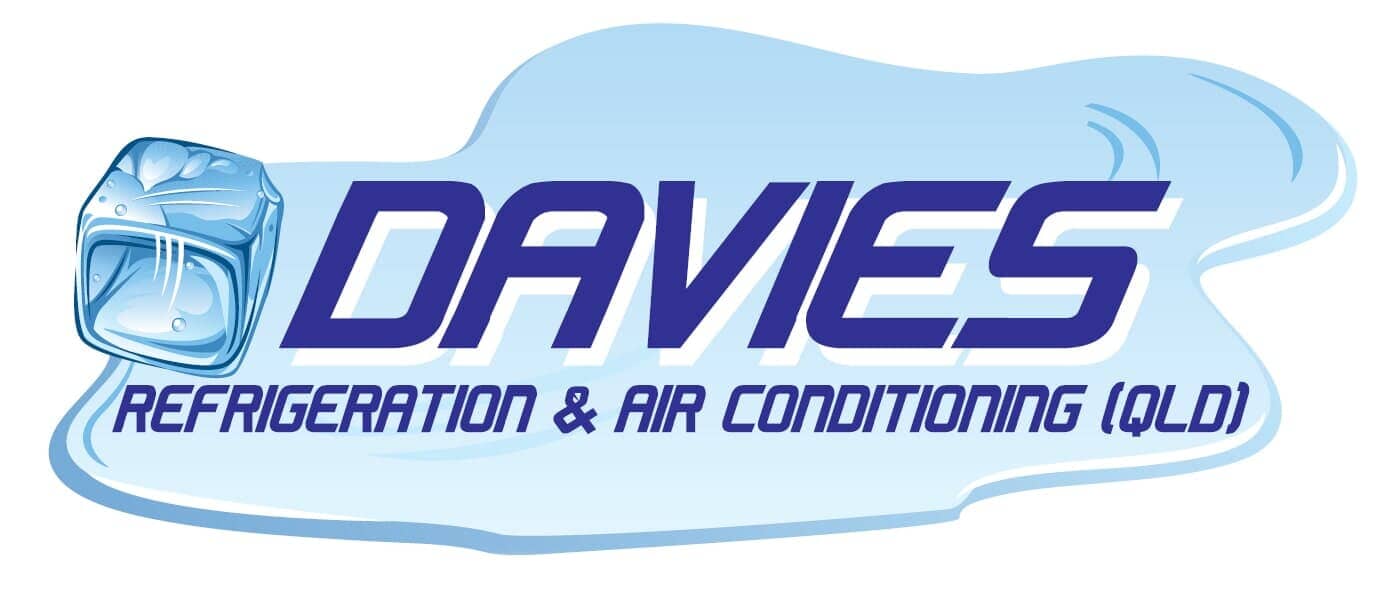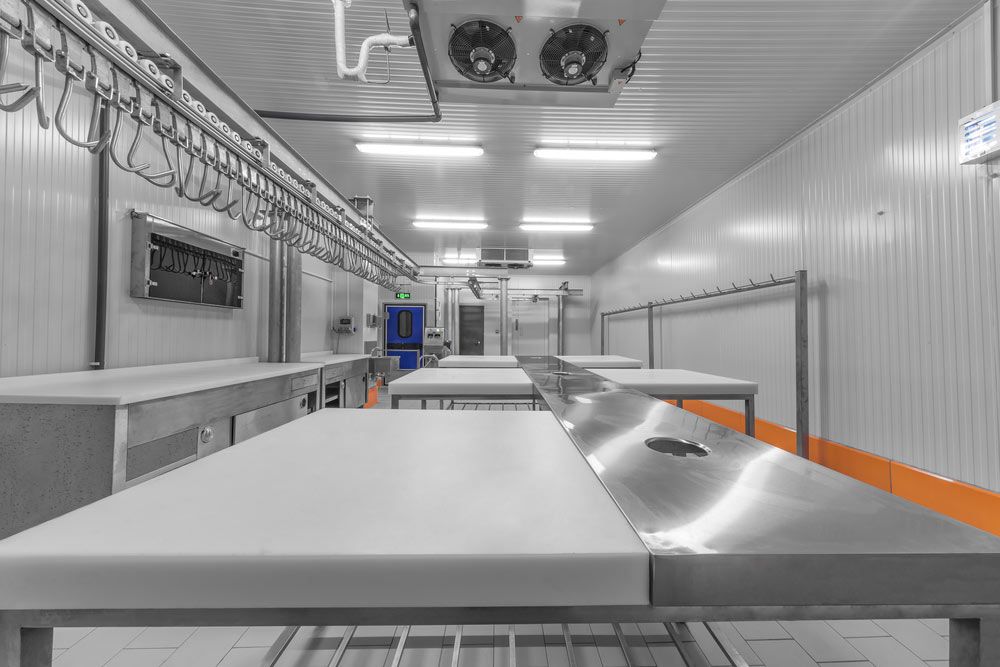The Cold Room Installation Process
Cold rooms play an essential role in the preservation of temperature-sensitive goods. Many businesses are reliant on the performance of a cold room, from restaurants, supermarkets, and catering firms to medical practitioners, laboratories, and industrial plants.
Before proceeding with the purchase and installation of a cold room, there are several key questions to consider.
1. What type of cold room does your business need?
A walk-in freezer functions at lower temperatures than a standard cold room, therefore the type of products stored within determine which is the right option. In some cases, your business will require a room that accommodates both.
2. What are the specifications?
Just as the type of product will determine the temperatures required, the amount of product you carry will establish the size of the room. It’s important to be certain of this in advance, as the amount of refrigeration required is a key economic consideration. A room that is much larger than your products require is an unnecessary expense, while a room that's too small can cause costly stock problems. Cold room designs range from standard walk-in areas to large industrial spaces for mass storage.
3. Where will the cold room be positioned?
Some small businesses operate in condensed spaces, while large firms may have several areas available. Either way, the location of your cold room is vital. For example, a commercial kitchen will need its cold room close to the kitchen, while a supermarket or warehouse may need to consider easy access to a docking bay.
4. What kind of shelving best suits your needs?
Decide on the shelving you need, such as fixed or mobile or a combination, and coordinate it along with the installation of the cold room. Shelving mapped out with different zones for different products assists with your inventory and will also act as another guide to the overall size needed.
5. What are the entry and exit points?
This might seem like an obvious question, but along with exact measurements for the room, the entry and exit points of a cold room can sometimes be overlooked. For example, sliding doors may be preferable to doors that swing in or out, depending on the space you have available. Do you prefer separate entry and exit areas, differentiating between shop staff and delivery people? Do you need to accommodate a forklift? Ensuring all your requirements are covered upfront can save you stress and expense down the line.
6. How much scalability should you allow for?
In addition to allowing for your current storage, you should also consider the future needs of the business. If there is an expansion plan, will the cold room size accommodate that growth? Factoring that in now will save a great deal of expense and disruption later on.
7. When is the best time for installation?
The installation process could cause disruption to your daily operations. If you run a restaurant and your kitchen is compromised during the installation, then you may need to close temporarily, or you may need to arrange for the work to be done outside your opening hours. Your supplier will be able to advise on the length of time required.
8. What kind of maintenance is required?
Regular daily maintenance is the best way to avoid breakdowns. Keep the walls clean with the use of a mild detergent applied with a damp cloth, and remove any gunk buildup around the seals. Be alert for temperature fluctuations, water leaks, or unusual odours by keeping a daily record. Watch the evaporator for ice formation. On top of this, your supplier can assist with regular, scheduled maintenance checks.
Contact us
Davies Refrigeration and Air Conditioning provides cold room installation, repairs, and maintenance that Sunshine Coast businesses can trust. Contact us today for further information or advice.









